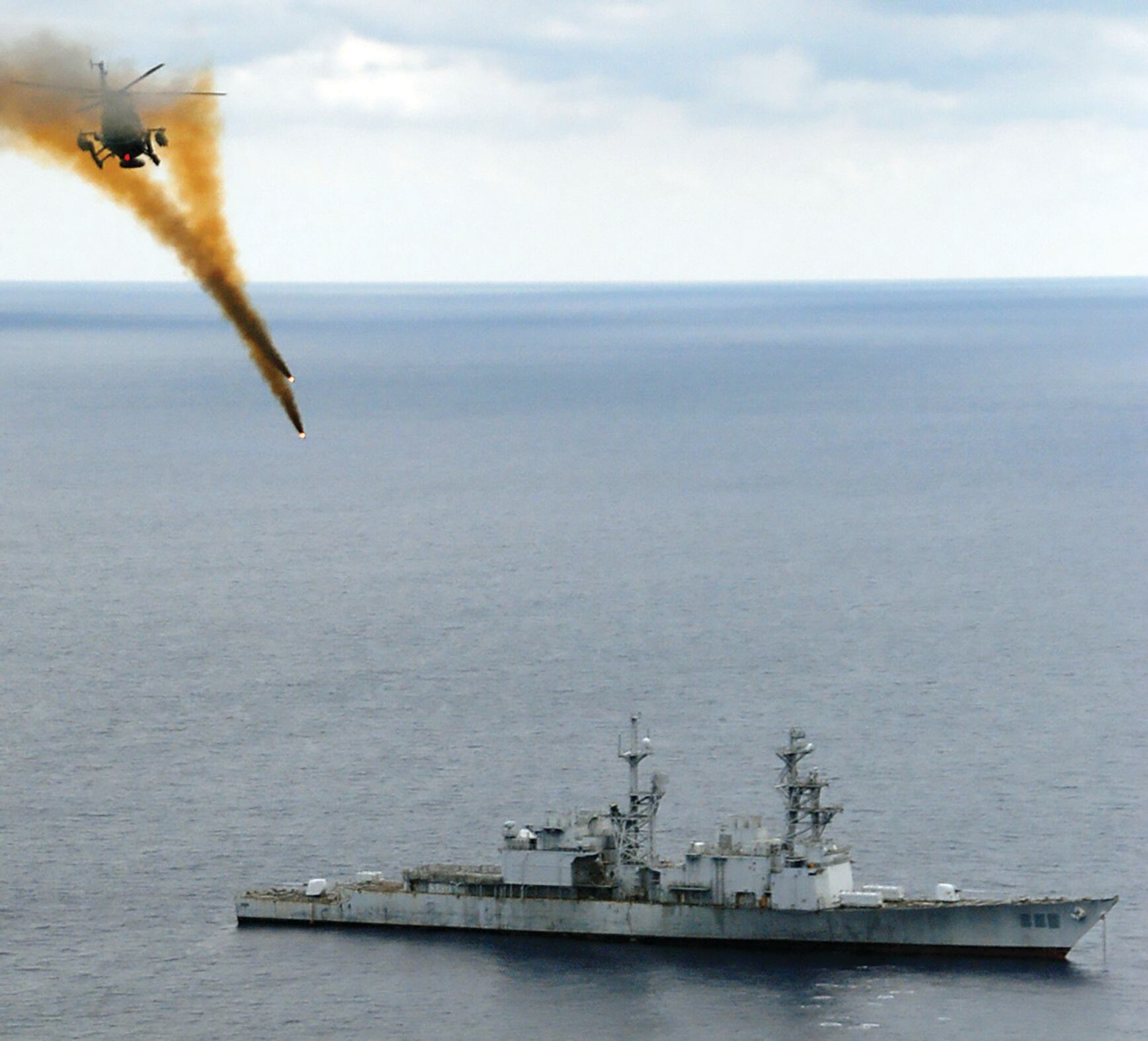Goodbye tank battalions and bridging companies, the Corps is making hefty cuts as the Marines plan to make a lighter and faster force to fight across the Pacific to confront a rising China.
As part of Commandant of the Marine Corps Gen. David Berger’s plan to redesign the force to confront China and other peer adversaries by 2030, the Marines are axing all three of its tank battalions, and chucking out all law enforcement battalions and bridging companies, according to a news release from Marine Corps Combat Development Command.
The Corps is also cutting the number of grunt battalions from 24 to 21, artillery cannon batteries from 21 to five and amphibious vehicle companies from six to four, according to the release. Aviation is taking a hit too, the Marines plan to cut back on MV-22 Osprey, attack and heavy lift squadrons.
The Marines also plan to reduce the number of primary authorized F-35B and F-35C fifth generation stealth fighters per squadron from 16 to 10, according to MCCDC.
The Corps says overall, it expects a reduction of 12,000 personnel across the force over the next 10 years.
It’s unknown how cuts to the number of grunt battalions will impact the Corps’ experimentation with the 12-Marine and 15-Marine rifle squad configuration. The 26th Marine Expeditionary Unit was the first Marine unit to deploy and experiment with a 15-Marine squad model.
But the Corps says it wants its future infantry smaller.
RELATED

“Infantry battalions will be smaller to support naval expeditionary warfare” and designed to support a fighting concept known as Expeditionary Advanced Base Operations — which will see Marines decentralized and distributed across the Pacific on Islands or floating barge bases.
The changes, expected to take place over the course of the next 10 years, were first reported by the Wall Street Journal.
As the Corp divests of legacy equipment and units, the Marines say they plan to invest in long-range precision fires, reconnaissance and unmanned systems.
The Corps wants to double the number of unmanned squadrons and “austere lethal unmanned air and ground systems, enhancing our ability to sense and strike,” MCCDC said in the release.
“The Marine Corps is not optimized to meet the demands of the National Defense Strategy,” MCCDC said in the news release. “Our force design initiatives are designed to create and maintain a competitive edge against tireless and continuously changing peer adversaries.”
The Marines says it wants a “300 percent increase in rocket artillery capacity” with anti-ship missiles. The Corps is eyeing a remotely operated rocket artillery HIMARS launcher that uses the Joint Light Tactical Vehicle paired with the Naval Strike Missile to sink ships at sea.
Defense News reported the Navy requested $64 million for fiscal year 20201 for a program that pairs anti-ship missiles with existing vehicles known as the Ground-based Anti-ship Missile and Remotely Operated Ground Unit Expeditionary (ROGUE) Fires Vehicle.
Some grunt battalions will shift: 1st Battalion, 8th Marines will realign to 2d Marines, and 2nd Battalion, 8th Marines will fall under 6th Marines, MCCDC detailed. The Corps is also deactivating 8th Marine Regiment Headquarters Company and 3rd Battalion, 8th Marines.
A number of aviation and rotary wing squadrons are deactivating to include: Marine Medium Tiltrotor Squadron 264, Marine Heavy Helicopter Squadron 462, Marine Light Attack Helicopter Squadron 469, Marine Light Attack Helicopter Squadron 367 and Marine Wing Support Groups 27 and 37, MCCDC said in the release.
The Corps is also canceling the activation of a rocket artillery or HIMARS unit known as 5th Battalion, 10th Marines and folding the group and existing batteries under the 10th Marine Regiment.
The top Marine kicked off his force redesign initiative in the summer of 2019 to build a Corps capable of fighting and supporting the Navy in the Indo-Pacific area of operations and to confront rising peer adversaries across the globe.
“Moving forward, we will continue to judiciously evaluate, wargame, experiment, and refine our force design, improving service capabilities and lethality for deterrence, competition, and conflict,” MCCDC said in the release.
Shawn Snow is the senior reporter for Marine Corps Times and a Marine Corps veteran.








